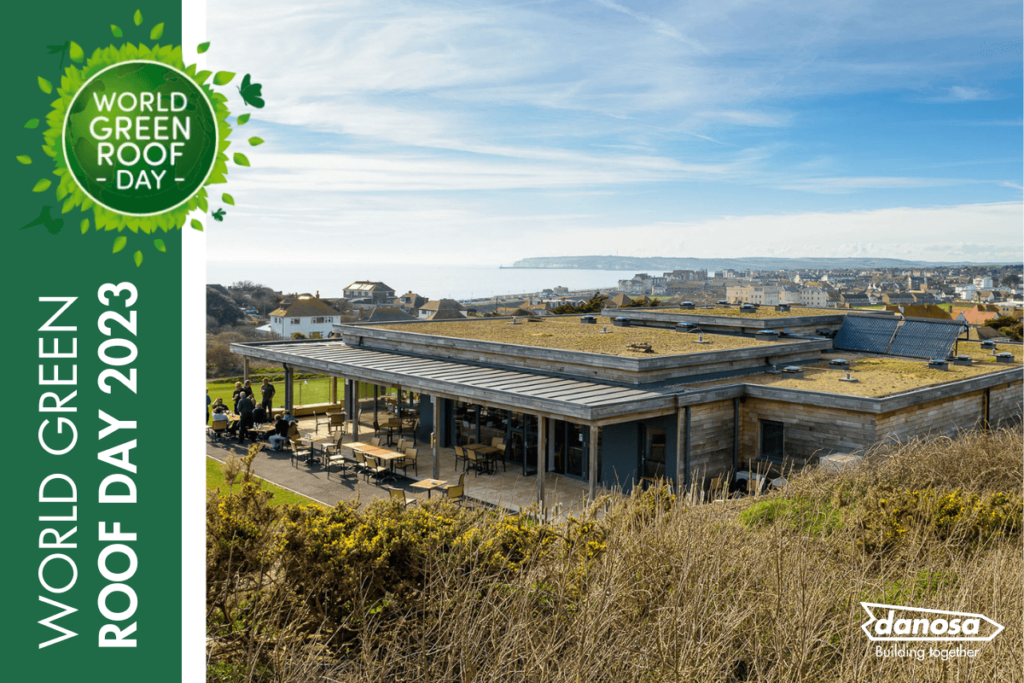The construction industry is a large contributor to environmental degradation and resource depletion globally, so it’s essential for the industry to become more sustainable to reduce its negative impact on the environment and achieve long-term economic growth.
We need to make the construction industry more sustainable to help mitigate climate change. Buildings are responsible for a significant amount of carbon emissions due to the use of energy for heating, cooling, and lighting. By adopting sustainable practices, such as using renewable energy sources and designing buildings to be energy-efficient, the construction industry can significantly reduce its carbon footprint and help curb climate change.
Another reason the construction industry must become more sustainable is that it can lead to cost savings. Sustainable practices, such as using recycled materials and reducing waste, can reduce construction costs and operating expenses in the long run. Additionally, sustainable buildings are more attractive to tenants and buyers, as they offer a healthier and more comfortable living and working environment. This can increase property values and rental income, leading to higher returns on investment for developers and investors.
Sustainability can also promote innovation and technological advancement in the construction industry. Sustainable building design requires creative and innovative approaches, leading to the development of new construction materials and techniques. This can create new markets and job opportunities for professionals in the construction industry and drive economic growth. An example of a new DANOSA product that has the environment in mind is our POLYDAN PRO NOx membrane, a bituminous felt with a photocatalytic surface that removes harmful Nitrogen Oxides from the atmosphere.
Moreover, adopting sustainable practices in the construction industry can enhance social responsibility. Sustainable buildings offer a healthier and safer living and working environment, reducing the risk of health problems for occupants. Additionally, sustainable construction practices can promote social equity by providing affordable housing for low-income families and reducing the environmental impact of construction projects on vulnerable communities.
Finally, becoming more sustainable in the construction industry is essential for meeting the United Nations Sustainable Development Goals (SDGs). The construction industry is a significant contributor to several SDGs, including SDG 11 (sustainable cities and communities), SDG 7 (affordable and clean energy), and SDG 12 (responsible consumption and production). Achieving these goals requires the construction industry to adopt sustainable practices that promote environmental protection, social equity, and economic growth.
At DANOSA, we’re committed to sustainability. We have left the linear economy behind and have adopted the circular economy model: creating recyclable products, turning waste into valuable resources, and optimising our production process to the maximum to achieve the minimum possible impact on the environment. DANOFELT geotextiles and DANODREN drainage membranes are made from 100% recycled materials. We have a recycling plant at our factory where general waste, our own by-products and waste from other businesses become the raw materials that create DANOSA products. We value sustainable solutions sustainability is the decisive parameter when moving forward with an Innovation and Development project.
The construction industry must become more sustainable to reduce its negative impact on the environment, achieve long-term economic growth, promote innovation and technological advancement, enhance social responsibility, and meet the United Nations Sustainable Development Goals. We’re happy to lead the way for building materials manufactures and show the world that construction can be sustainable, through the adoption of sustainable building practices, the use of renewable energy sources, the reduction of waste and carbon emissions, and the promotion of social equity and environmental protection.




